How To Read Floor Plans: 8 Elements To Read A Floor Plan
13 Mins Read
January 21st, 2024
Jump ahead to:How To Read A Floor Plan?
A floor plan is your walkway into paradise. For every homeowner, the floor plan is the closest way to experience their home, either before it is complete or furnished and ready. For a decorator or designer, on the other hand, floor plans are the secret guide to making the most informed, purposeful, and strategic plans that can make visions a reality.
A floor plan is a lot more than lines and numbers. It is an intelligent insight for every home builder to understand the dynamics, limitations, and character of living spaces. It helps unify several dimensions easily and gives an overall understanding of space.
This article helps uncover the basics of floor plans and details the nuances of blueprints. It also helps you join the cutting edge of home design using tech-enabled solutions.
Read also – Floor Plan Symbols and Abbreviations
Every building has a construction or site plan. A floor plan forms part of this construction plan, illustrating details of every space drawn to scale.
Floor plans give you a 2-dimensional view of the space. They give a complete layout of the floor and are drawn to scale. Often called blueprints, house plans offer cross-sectional views of an area. The architectural plans will guide you on features like interior and exterior walls, sizes of rooms, stairway location and size, and room proportions.
Read also – How To Draw A Floor Plan?
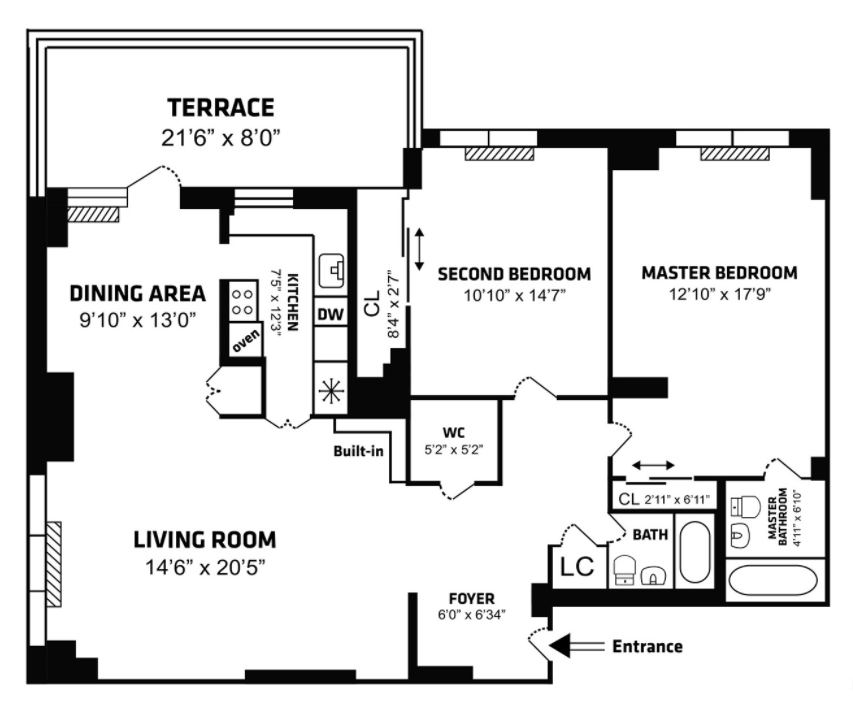
Image Credit: hauseit.com
Many prospects buy homes that are still in the process of construction. To ensure timely possession, they often commission a decorator or architect to create structural and decorative embellishments for their new homes. Floor plans are a crucial guide to help design and execute building and interior processes.
Architectural drawings give a sense of what finished houses will look like. They allocate square footage to all spaces, including living and dining rooms, master bedroom, master bathroom, guest bedroom, and bathrooms. You will also be able to determine the location and size of windows and doors.
Read also – How To Design A Home?
Floor plans are very important in the designing and planning phase. While every floor comes with its own designated plan, you can build on it significantly using your own design acumen. Understanding the insights that floor plans give will help you work to the strengths of the space.
Here are some things you stand to gain from floor plans:
Read also – 19 Floor Plan Mistakes To Avoid While Designing Your Floor Plan



Image Credit: pexels.com
While a floor plan will offer you abundant insight, it has its own limitations. You may need to look at sections and elevations along with floor plans to obtain a holistic idea of the space.
These are some inputs you are unlikely to gain, even if you know how to read a floor plan:
Read also – 10 Best Floor Plan Creator
Construction drawings always include certain floor plan symbols to help you view and visualize the space well. Symbols used in floor plans are standardized so that everyone can interpret them equally.
The most commonly used floor plan symbols include:
1. Walls:
Construction drawings will show you both interior and exterior walls. They are shown using a set of parallel solid lines on either side. In most drawings, you will see them as solid lines. Some floor plans might also depict them with patterned effects.
2. Windows:
A small break in the wall, followed by thin lines along the width, will let you know that there is a window in the space demarcated.
3. Doors:
When a door is intended in the space, you will notice a break in the wall. The doors will be shown at right angles to the wall, with a small arc that lets you know which way the door swings.



Image Credit: stock.adobe.com
4. Stairs:
Stairs are shown as a row of rectangles that may also have the appearance of parallel lines. The main feature of the symbol is the arrow that shows you whether the stairs lead up or down.
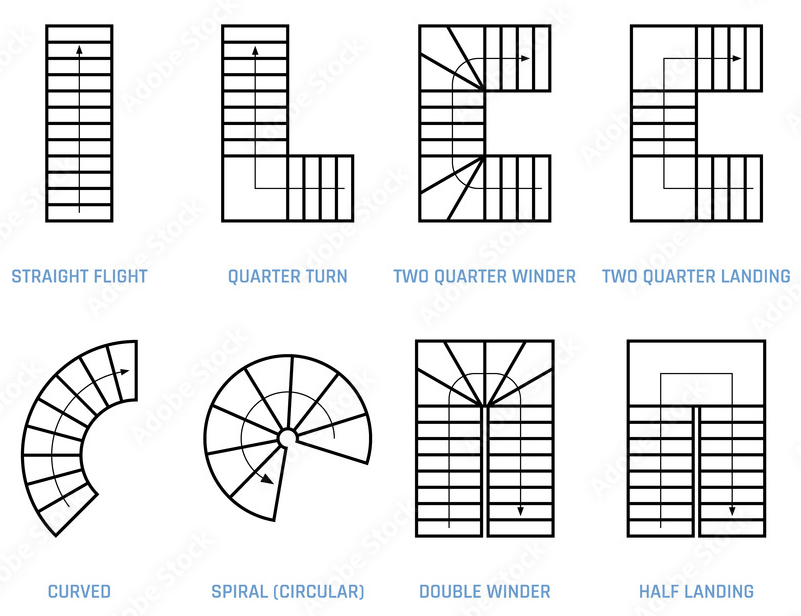


Image Credit: stock.adobe.com
5. Fixtures:
Several fixtures may be incorporated into the drawing. Although electrical plans may not be visible, light fixtures will be shown. You can also see fixtures like a sink, shower, bathtub, stove, or toilet drawn to an approximation of its size. Furniture and other movable fixtures are not ideally included in floor plans.
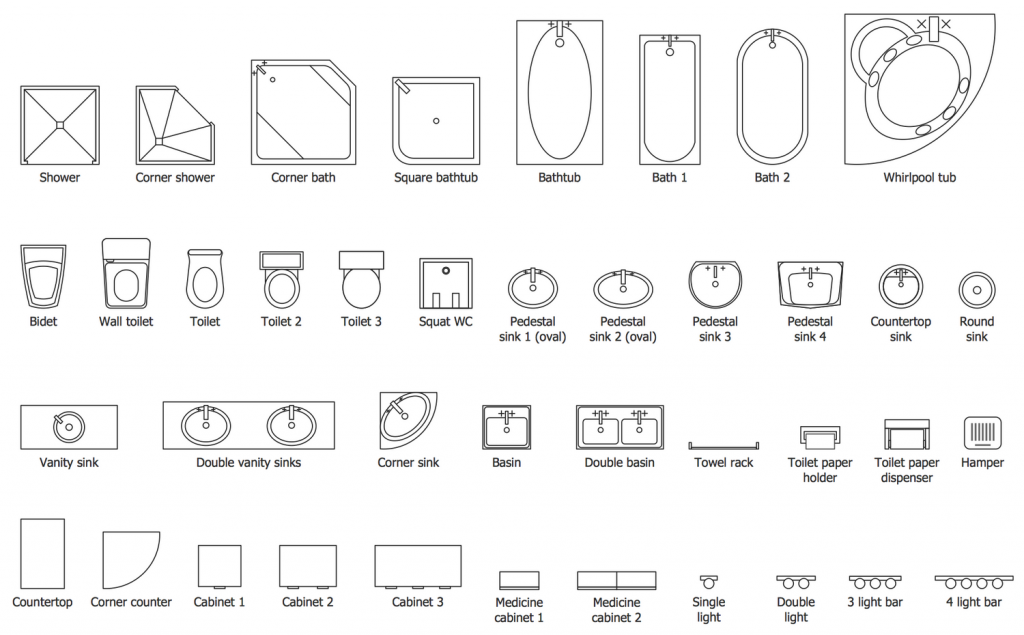


Image Credit: conceptdraw.com
6. Ceiling Height:
This is not a common element on a floor plan. You may find these dimensions on the lower floor plans if the house has multiple levels. It may also be specified in cases where there is an extended ceiling.
Read also – Foyr Neo 2D and 3D Floor Plan Software
There are certain important elements that every designer should look for when studying a floor plan. Here’s a quick glance at some of the things you must know:
A sign of a compass on the floor plan will point to the north. This helps understand how light travels through the space and helps optimize its use in structural and design themes. In case you don’t see it on the floor plan, ensure you check the site plan to check for directions.
Read also – Focal Point in Interior Design



Image Credit: pexels.com
The entire plan, along with specific measurements for all rooms, will be shown, most often in feet. This will help you understand the scale of the house and work around its design optimally. Size is critical when planning the general composition and designing movable elements to create an illusion of space. It also helps maximize the area available.
Read also – The Average Bedroom Size for Standard and Master Bedroom
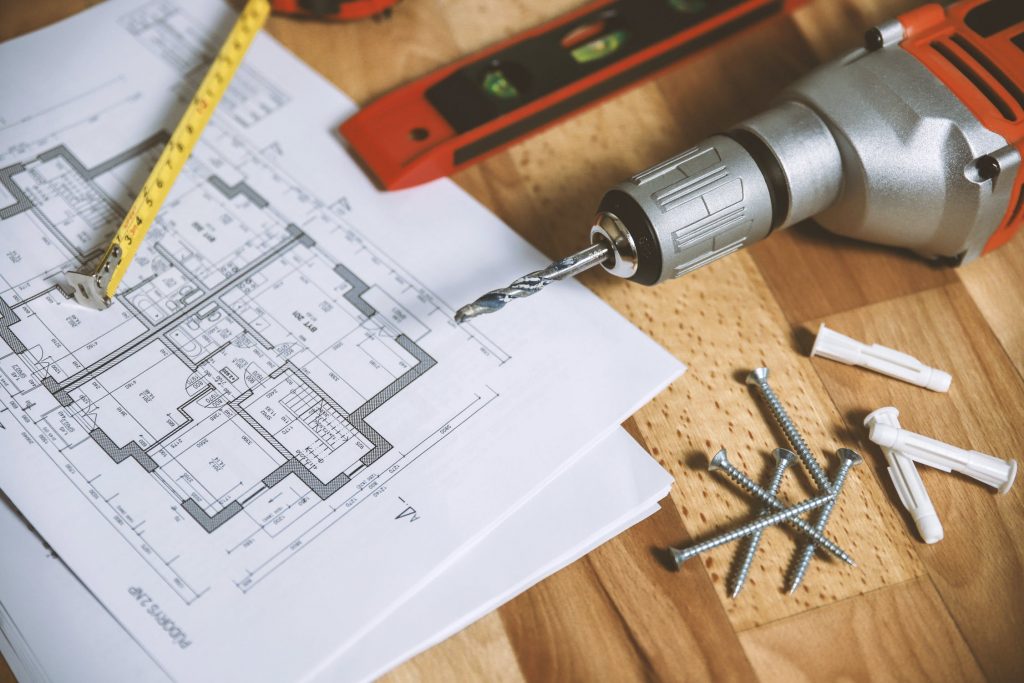


Image Credit: pexels.com
Being able to understand how the walls have been designed and placed will help you plan the real layout of the house. Often, homeowners have their own modifications that are to be made, keeping in mind their design preferences and needs.
For this, you should look carefully at the kind of walls and where they are located. The bearing walls carry the load and cannot be tampered with. Knowing where the partition walls are located will help you know how structural changes can be made easily without compromising the foundational elements of the building.
Read also – 20 Best Wall Decor Ideas
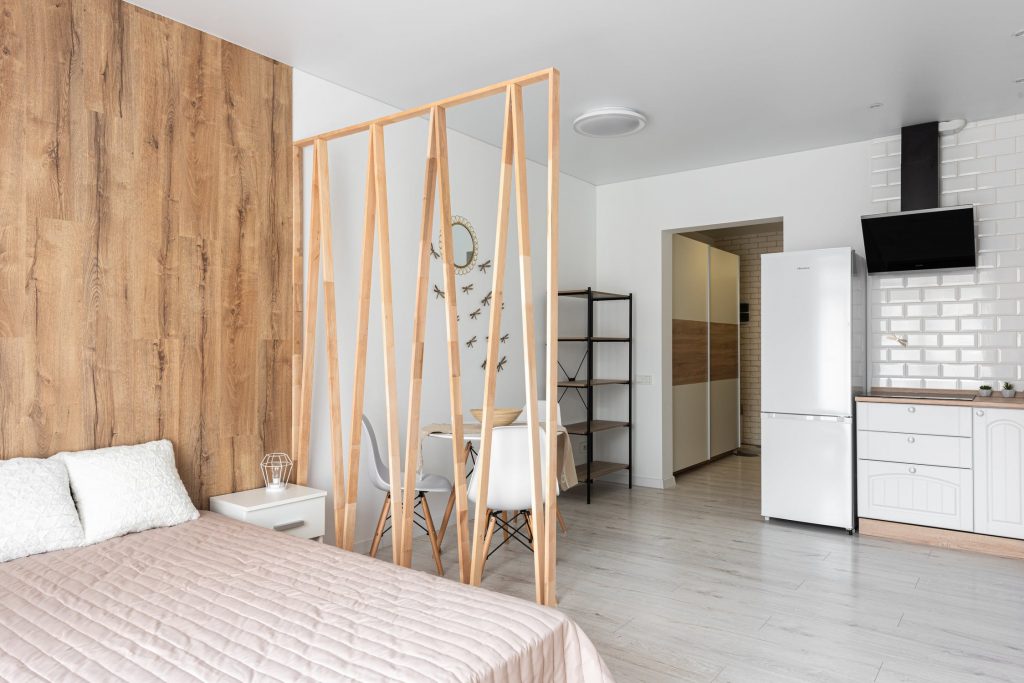


Image Credit: pexels.com
Every floor plan will tell you where the doors and windows have been intended. The dimensions of the windows and doors will also be shown. You may need to look at the elevation along with the floor plan to understand how the windows function and which way they will open.
The door swing is as important as the door dimensions and its proportion with the rest of the room. The swing will help you understand if there are any complications like doors swinging into one another or a door swing obstructed by a permanent fixture like a toilet or sink.
Read also – 8 Best Window Treatment Ideas
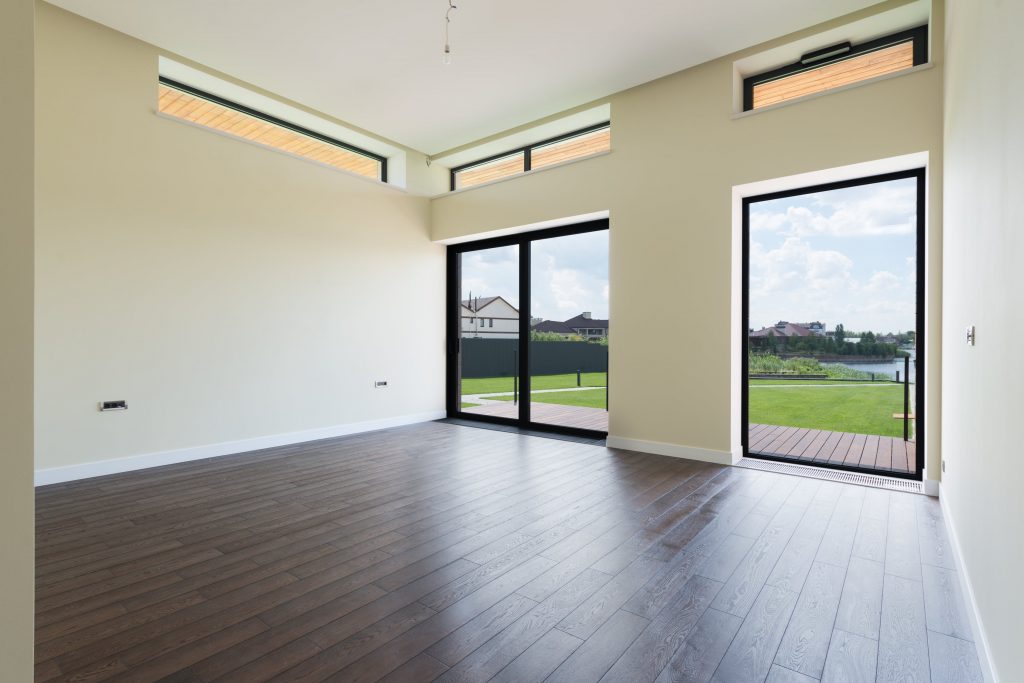


Image Credit: pexels.com
Ceiling beams are not part of a conventional floor plan. However, beams are an integral structural component that needs to be considered when you create interiors and plans for a house. You can look at structural drawings or even ceiling plans. A beam is usually shown as a dashed line in a ceiling plan.



Image Credit: pexels.com
Several floor plans do not show movable furniture placed within it. This is so that the complete look and dimensions of the rooms are amply visible. However, it is important to look for floor plans that include furniture placements.
These will contain furniture placed in the dining room, an indicative master bedroom plan, some wardrobe and shelving details, kitchen cabinets, and of course, the installed fixtures as well.
Having furniture placements in the floor plans helps visualize the space better. It tells you how easy it will be to get about, inform you whether the furniture appears too bulky for the space, and give you intelligent design ideas to maximize the look of the rooms.
Furniture placement is a real-life estimation of what living in the house will feel like. Having this information available will enable you to make more effective and suitable design suggestions.
Read also – 10 Best Free Furniture Design Software
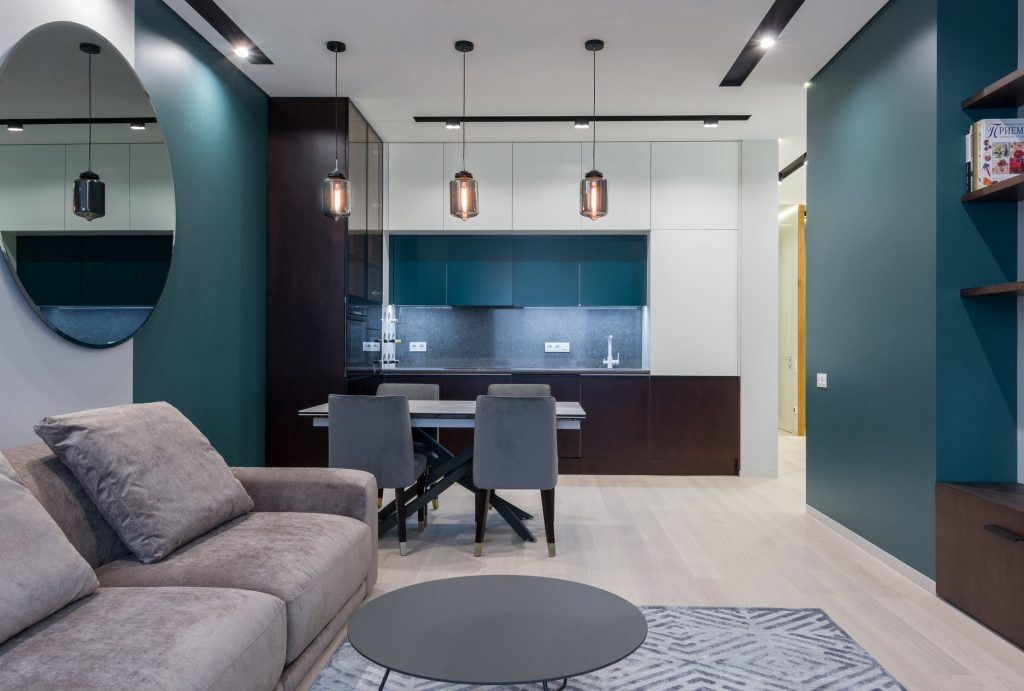


Image Credit: pexels.com
The stairs on a floor plan help you understand in what area of the house they will be. If you do not have stairs within the house but have them leading up to your apartment, it will help you see how your home is placed in connection with the staircase. Most plans will indicate the size and dimensions of each stair and also show you if there is a handrail that offers support.
Read also – 14 Different Types of Staircases



Image Credit: pexels.com
Layouts for the rooms in the house help you know the kind of dynamics you have available to play around with as a designer. If layout details are not available on the floorplan, try and visualize how things will look and what proportions you believe would be convenient and compliment the space simultaneously.
If you do notice layout details and plans, think about how they are placed and their size. Figure out the sunlight and air movement in the space. You may want to make modifications and adjustments accordingly. The key is to blend functionality and aesthetics equally.
Read also – 6 Best Studio Apartment Layout Ideas and Floor Plan Ideas
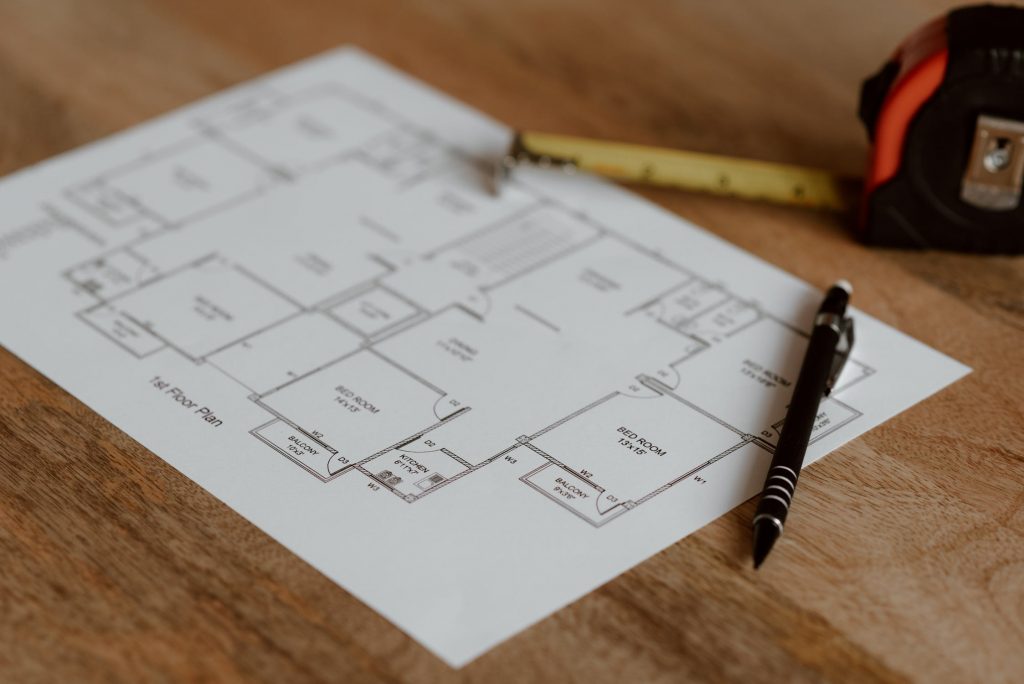


Image Credit: pexels.com
Imagine being able to take a simple 2D drawing and have it transformed into a three-dimensional space instantly! Imagine having the opportunity to take a virtual tour through your designs on your computer or being able to feel your space more realistically.
Foyr Neo takes you one step further. Neo has made its mark in making your design experience more realistic and intelligent. However, the distinct edge it offers you lies in giving you a cutting-edge advantage. You can now propel yourself into the league of innovators and leading designers.
1. Access a repository of over 50,000 products
You can now directly drag and drop our 3D modeled products into your space to check how it fits with your inspiration and design. You can contribute by uploading your own designs to increase the possibilities available!
2. Get help faster
Neo’s software is over 50% faster than other professional design software available. Free up your time and space to be more creative while Neo looks after the home plans for you!
3. Use globally trending presets
The vast collection of pre-set designs and models available are just waiting to be yours. Your interior design can now be contemporary, intelligent, and efficient all at once!
4. Renders in real-time
Neo creates and shares renders in real-time as you design. Moreover, you will notice the renders appear in the background as you continue to work on the dream home!
5. Free trial across all options
If you are exploring Neo for the first time, you can access the best of it using a 14 day free trial that helps you get up close, personal, and really acquainted with how it works. Once the magic is real, you can continue to make it yours with a subscription.
Read also – 20 Best Floor Plan Apps To Create Your Floor Plans
We may not always have the acumen, experience, and exposure to make our home plans the best alternative. In the age of artificial intelligence and augmented reality, there is little reason to hold back or be left behind.
As a design novice or even expert, you can build a competitive advantage to make your solutions more pertinent and updated. Foyr Neo creates the perfect platform to access, contribute, and avail the best of interior design and smart styling.
Q1. What do symbols on blueprints mean?
Ans: Floor plans often use abbreviations and symbols for clarity. Common symbols are used for drainage, stairways, basins, bathtubs, bidet, doors, and windows. Some of the common abbreviations are:
Q2. How do you calculate floor area from plans?
Ans: Take a look at the following conversions. This will make it easier for you to understand scales and the room dimensions:
Q3. How do you read floorplan numbers?
Ans: Floor plans are always drawn to scale. You will notice several numbers on a plan. These include the dimensions of the room in feet and inches. You may find a number that has ‘hp’ alongside it. This shows the height of the window sill. Numbers alongside stairs will tell you stair heights and width. Sometimes it will also show you the number of stairs.
Q4. How do you read a construction plan?
Ans: A construction plan contains the following elements:
Using Foyr Neo is as easy as 1, 2, 3. First, upload a floor plan or create one from scratch. Then drag and drop from over 60K 3D models to fill your rooms. Lastly, just set the shot and let the AI create stunning 4K renders for you in less than 10 minutes.
Start your 14-day free trial

No Credit Card Or Download Required


Specially built for Interior Designers



